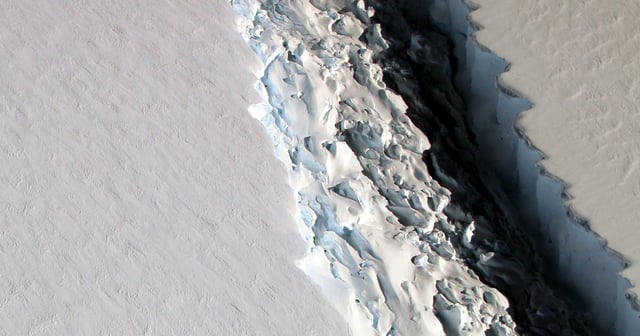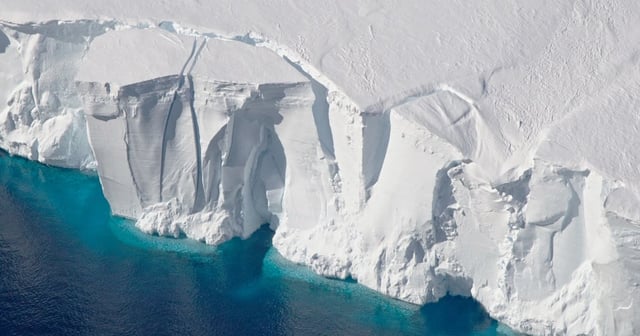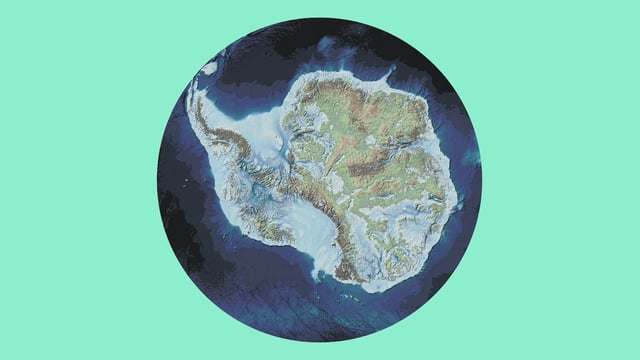Overview
- An international research team has published the most refined Antarctic ice-thickness map to date, showing the ice sheet's maximum thickness at 4,757 meters, surpassing previous estimates.
- Surface melting has been confirmed on the Antarctic ice sheet, prompting scientists to warn of potential tipping points that could lead to irreversible ice loss.
- If the Antarctic ice sheet were to fully melt, global sea levels could rise by an estimated 58 meters, posing significant risks to coastal regions worldwide.
- Natural calving cycles, like the 2010 detachment of a 900 billion-ton iceberg and the 2017 calving of a 5,800 km² Larsen C iceberg, are being studied alongside human-driven climate impacts.
- Researchers highlight changes in atmospheric patterns, such as the Southern Annular Mode, as potential disruptors of the Antarctic ice system's long-standing natural cycles.


